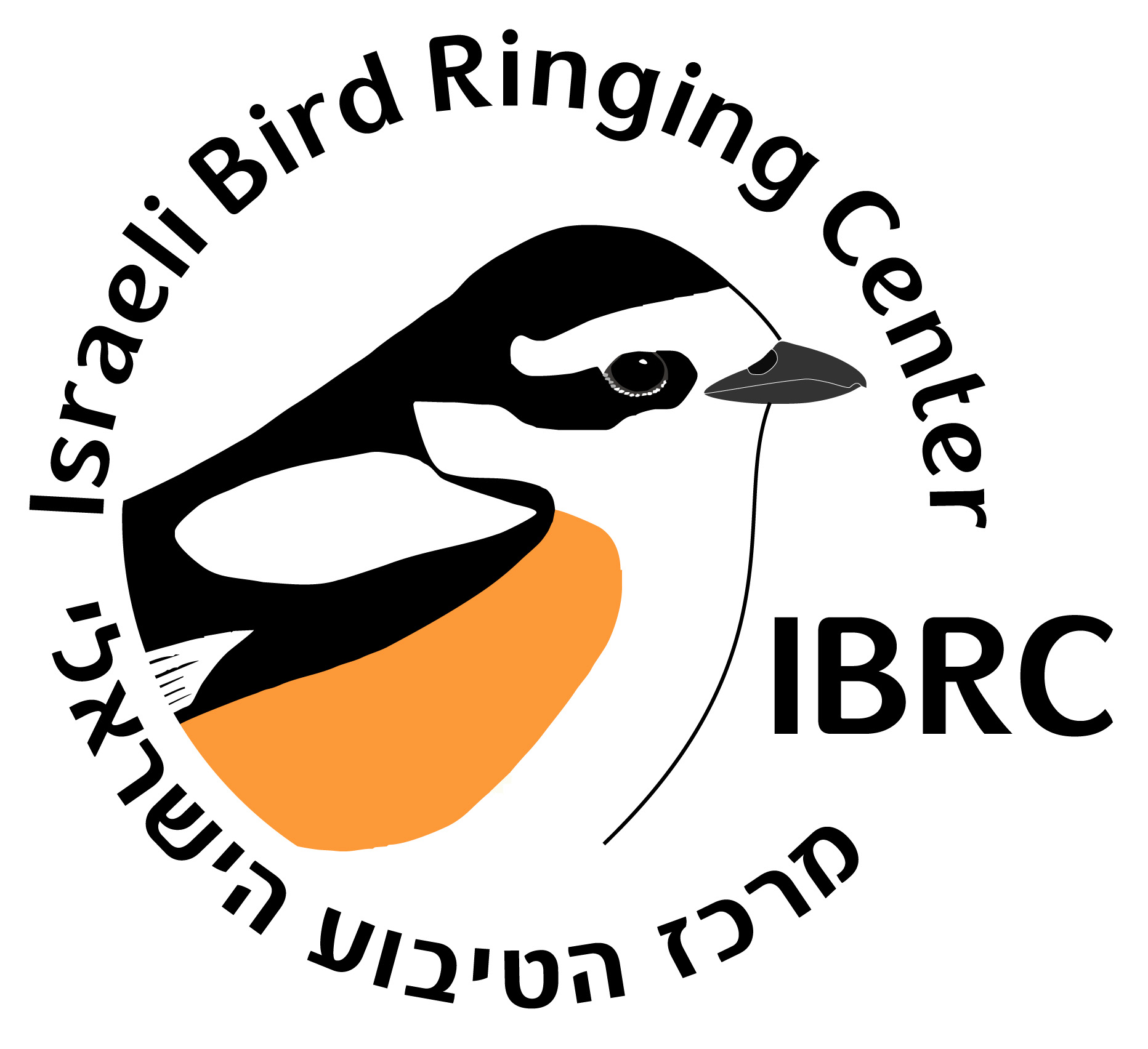
Israel
Israel is located at an important location along a major global flyway for migratory birds, connecting relatively eastern migratory routes to most European countries. For various reasons, ringing and research activities in the Middle East are relatively limited, which makes it difficult to receive reports of ringed birds (retraps, recoveries of dead birds and colour-ring resightings) from countries neighbouring Israel. However, information obtained from bird ringing in Israel is unique, innovative and interesting. Ring-recovery data revealed a range of different migratory species that use stop-over sites in our region. Ringed birds come to Israel from a broad breeding range, from northwestern Europe, the British Isles and Iceland, all the way to Eastern Siberia in the north, and a broad wintering range, from southern Africa to the Indian Ocean.
All scientific bird ringing in Israel is coordinated by the Israel Bird Ringing Center (IBRC), part of BirdLife Israel, Society for the Protection of Nature in Israel. IBRC receives continuous support from Israel Nature and Parks Authority (NPA). Ringing started in Israel in the 1930s but until 1965 very few birds were ringed. In the 1960s more efficient trapping methods came into use, and with the introduction of mist-nets the average number ringed per year increased. By the first decade of the 21st century, over one million birds had been ringed in Israel. Since the beginning of the 21st century, an average of 70,000 birds have been ringed annually in Israel. Today, our ringing scheme comprises around 130 enthusiastic ringers including professional and amateur ringers, project-specific ringers who work on a single species or a limited group for research purposes, and trainee ringers.
As of today, the IBRC database also holds some 6,000 recoveries of Israeli-ringed birds. This includes data on retraps, recoveries of dead birds and colour-ring resightings. The extensive use of colour rings became an integral part of the ringing scheme, especially on species groups like vultures, terns, gulls and waders. Since then, data on colour-ring readings have become an increasingly large part of our dataset. Today colour-ring readings constitute about 80% of the total number of recoveries recorded.
Contact the scheme: ibrc.israel@gmail.com